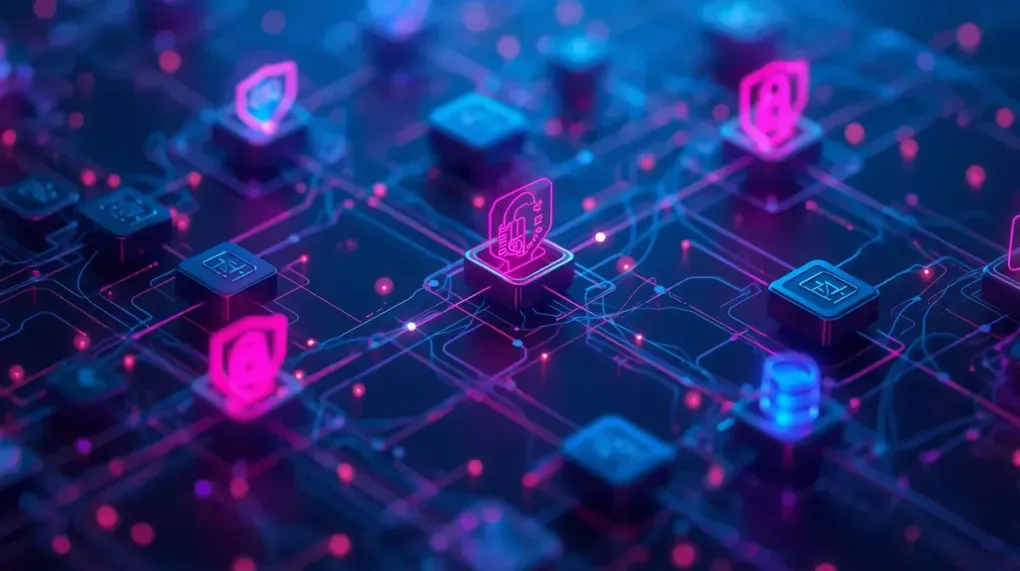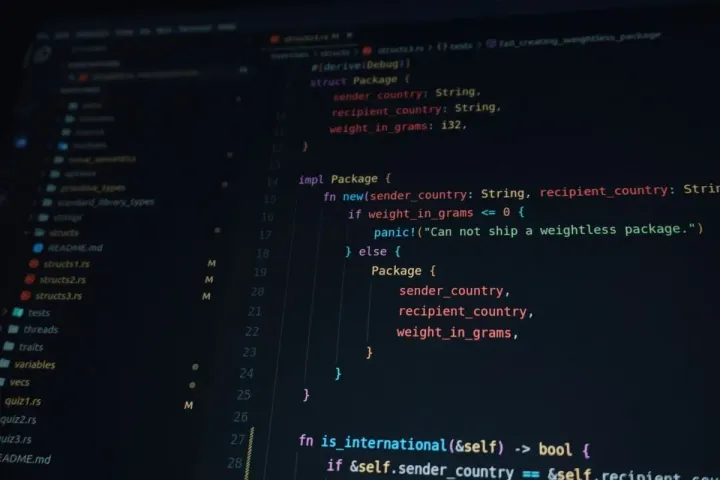
Beyond the API: Six Backend Trends Shaping the Future of Development
For a long time, backend development was a predictable landscape. But as applications become more complex and user expectations grow, the ground is shifting. We’re moving away from monolithic structures and toward a more distributed, efficient, and secure paradigm.
A recent article from Talent500, “Backend Innovation 2025: Six Trends Driving Efficiency and Security”, provides a great overview of the forces shaping modern backend engineering. These aren’t just buzzwords; they are fundamental changes in how we build and deploy software.
Here are the six key trends that every backend developer should be watching.
1. Serverless Architecture: More Than Just No Servers
The promise of serverless was simple: build applications without managing infrastructure. Today, that promise is a reality. Platforms like AWS Lambda and Google Cloud Functions have matured, automating resource allocation and scaling on demand. The key advantage is cost—you only pay for what you use. But the benefits now go further. Standardized interfaces are making it easier to switch between providers, and significant optimizations have reduced the dreaded “cold start” problem. Serverless is no longer a niche for small functions; it’s a viable architecture for robust, high-volume services.
2. WebAssembly (Wasm): The Backend’s New Performance Engine
WebAssembly started as a way to run near-native speed code in the browser, but its future may be on the server. Wasm’s platform-agnostic, sandboxed environment is perfect for backend tasks, especially in serverless and edge computing. It offers incredibly fast startup times and a lightweight footprint that traditional containers can’t match. While the ecosystem is still maturing, the momentum is undeniable. Languages like Rust, C, and Go can be compiled to Wasm, opening up a new world of performance-critical backend services.
3. GitOps: The New Standard for Deployment
GitOps is the logical evolution of Infrastructure as Code (IaC). It uses a Git repository as the single source of truth for both infrastructure and application deployment. This approach aligns perfectly with declarative frameworks like Kubernetes and is quickly becoming the standard for reliable, large-scale rollouts. By embedding policy-driven compliance and security directly into the code repository, GitOps reinforces robust DevSecOps practices and provides a clear, auditable trail for every change made to the system.
4. Edge Computing: Bringing the Backend Closer to the User
The centralized cloud model is being challenged. Edge computing processes data closer to where it’s generated, dramatically reducing latency and easing server load. This is essential for the next generation of real-time applications, from IoT devices and autonomous vehicles to immersive VR/AR experiences. As 5G networks expand, platforms like AWS IoT Greengrass and Azure IoT Edge are empowering developers to build distributed, high-performance backend systems that offer superior responsiveness and enhanced security by keeping sensitive data local.
5. Zero Trust Security: Assume Breach, Verify Everything
The old perimeter-based security model is broken. Zero Trust is the new imperative. This strategy assumes that any network activity could be malicious and requires verification for every single access attempt. It’s a fundamental shift in security posture, moving from a model of implicit trust to one of explicit verification. In a world of remote workforces and distributed cloud services, this is no longer optional. AI-powered API gateways and decentralized identity are making Zero Trust a practical reality for modern backend systems.
6. The Single Responsibility Principle: A Timeless Idea for Modern Complexity
This isn’t a new trend, but it’s more important than ever. The Single Responsibility Principle (SRP)—the idea that a class or module should have only one reason to change—is the backbone of modern, scalable architecture. As backend systems become more intricate, modular code is essential for clarity, maintenance, and testing. SRP is the philosophical foundation of microservices, where each service addresses a single, unique business function. By decomposing complex systems into focused, separated components, we build more resilient and adaptable software.
These six trends paint a clear picture of the future: the backend is becoming more modular, more distributed, and more secure. For developers, this means embracing new tools and new ways of thinking to build the robust, efficient, and scalable systems that modern applications demand.
Based on insights from the article “Backend Innovation 2025: Six Trends Driving Efficiency and Security” on Talent500.


